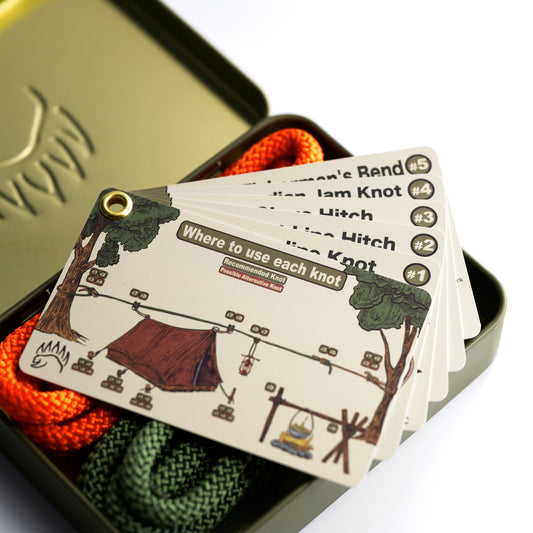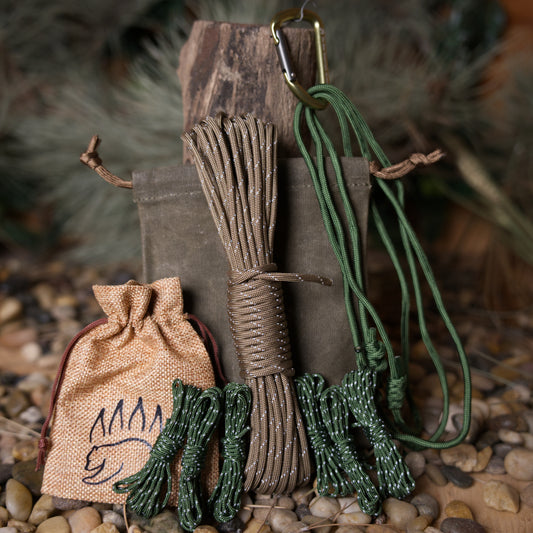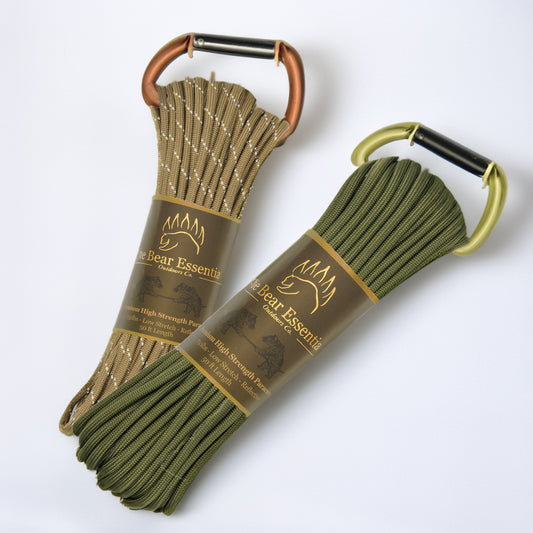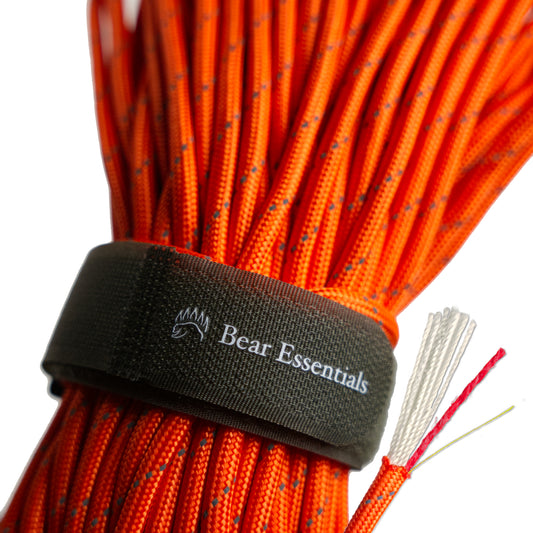How to Tie the Slip Knot
Usage
The Slip Knot is commonly used to create a temporary, adjustable loop that releases with a single pull, making it especially useful in bushcraft or utility tasks. It is also commonly used as a stopper knot.
Why Learn the Slip Knot?
The Slip Knot is relatively easy to tie, easy to undo, and provides an efficient means to tying a temporary loop.
Common Uses
-
Utility:
- Secures bags or bundles temporarily.
- Ties ropes for quick-release needs in households.
-
Bushcraft:
- Fastens tarps for rapid shelter setups.
- Hangs gear or food bags in camp.
ABOK Number
(Ashley Book of Knots)
Other Names
Category
|
Notable Features
- Quick Release: Unties instantly by pulling the working end.
- Adjustable Loop: Easily resized for various objects or tasks.
- Minimal Rope Use: Requires little material, ideal for short cords.
- Versatile: Tarp setups, temporary stopper, household bundling and more.
Variations
Add an Overhand Knot to the working end of your rope to help prevent the knot from slipping.
Similar Knots
Honda Knot vs. Slip Knot
- Pros: More durable for lasso use, with a tighter loop structure.
- Cons: Takes longer to tie and isn’t as quick to release.
Poacher’s Knot vs. Slip Knot
- Pros: Tighter and more constricting, ideal for securing objects.
- Cons: Less adjustable and harder to untie than the Slip Knot.
Running Bowline vs. Slip Knot
- Pros: Stronger and more secure for noose-like applications.
- Cons: More complex to tie and not designed for quick release.
History
The Slip Knot is referenced in The Ashley Book of Knots (#529) and has long been valued for its simplicity and for the speed in which it can be tied. Its roots stem back to maritime and agricultural applications, where a quick but temporary loop were often required for rigging or livestock handling. This is the only knot referenced by the name. Any others referencing a similar feature are merely "slipped knots".
Security Level
It's important to note that The Slip Knot is prone to slipping in the absence of evenly applied and continuous tension or when being tied with a slick or slippery rope. That being said, The Slip Knot can provide moderate security when used for temporary, low-load applications that maintain consistent tension. Adding an Overhand Knot on the working end of your rope can increase the security of the knot.
Downsides
- Load sensitivity: Slips or loosens without steady tension.
- Material dependency: Less secure with slick or stiff ropes.
Structure
- Form a small loop in the rope, leaving a working end.
- Pass a bight of the working end through the loop to create a larger loop.
- Pull the standing part to tighten the small loop around the bight.
- Adjust the larger loop size as needed for the task.
- Ensure the working end is accessible for quick release.
Pro Tip: Keep the working end long enough to pull easily for untying.
FAQ
Is the Slip Knot strong enough for heavy loads?
Use stronger knots such as the Bowline for heavy loads. The Slip Knot is best utilized for light, temporary loads.
How does the Slip Knot compare to the Highwayman’s Hitch?
The Highwayman's Hitch provides more security while under sustained tension compared to The Slip Knot but is more difficult to tie.
Can the Slip Knot be used in fishing?
No, its tendency to slip during moments of inconsistent tension can make it unreliable as a fishing knot.
Why does the Slip Knot loosen during use?
It relies on tension to hold; without it, the loop can slide, especially with slick lines.
Is the Slip Knot safe for bushcraft shelters?
It works for quick tarp setups but monitor it, as it can slip; add a stopper for security.
Important Notes on Safety
Common failure points include slippage under low tension or with slick ropes. Always test the knot under light load before relying on it for critical tasks.









